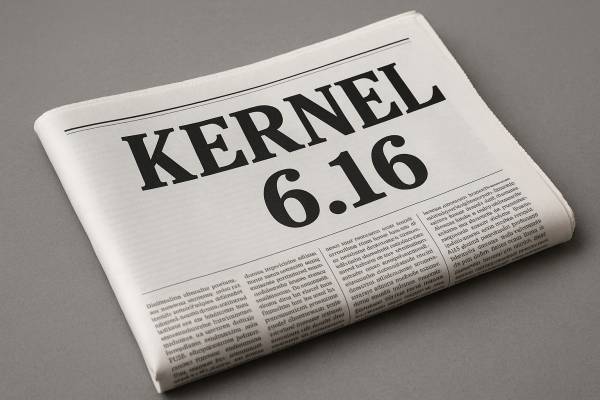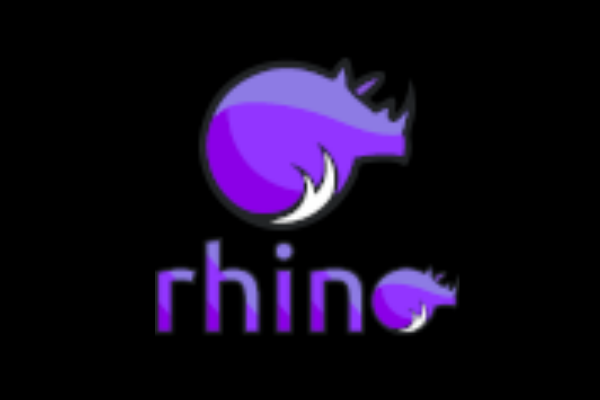The world of Linux distributions is rich but often divisive: on one side are complex, purist systems, and on the other are solutions that try to satisfy every need but are often overloaded. RefreshOS aims to bridge the gap between the two. The latest 2.5 release of the system developed by eXybit Technologies™ (formerly eGoTech™) is the latest step in this endeavor, building on the stable foundations of Debian to provide a simple yet modern user experience.
Behind the creation of the distribution are not gigantic business interests, but the vision of a goal-oriented developer, Jordan Tyler Burchett: to create an easy-to-use, reliable, yet clean and efficient system. RefreshOS started out based on Kubuntu, but switched to Debian with version 2.0 and has continued to follow this reliable, conservative approach ever since, while striving to bring freshness and flexibility to the experience.
Version 2.5 is based on the stable release of Debian 12.11 “Bookworm,” which promises long-term security and predictable operation. The heart of the system is KDE Plasma 5.27, which the developers have equipped with their own visual elements and optimized settings. Although the Plasma environment may be too complex for some, RefreshOS's approach noticeably shifts the experience towards simplicity – the goal is not to limit functionality, but to avoid unnecessary frills.
The system is installed using the Calamares graphical installer, which guides the user through the process without requiring any special technical knowledge. The built-in default settings – such as pre-configured sudo permissions – significantly reduce the need for post-installation tweaking, which may be particularly appealing to novice Linux users.

There have also been advances in hardware support: the system now includes a number of non-open firmware components by default, so many previous compatibility issues – mainly with Wi-Fi and graphics drivers – are now automatically resolved. This can be particularly useful for those who want to run Linux on modern laptops or less standard configurations.
The software selection is not exactly comprehensive, to say the least, but it is clearly well thought out. The combination of the LibreOffice office suite, the GIMP image editor, and the Brave browser provides a solid foundation for most home and office use. At the same time, the system avoids the Snap and Flatpak package formats, which may limit software sources, but in return offers simpler, more consistent APT-based management.
An important part of the user experience is the customizability of the desktop environment. KDE Connect makes mobile phone integration a natural part of everyday use, while KRunner and virtual desktops support more complex workflows. All this without the system forcing any “modern trends” such as containerized application execution or overemphasis on cloud services.
In terms of performance, RefreshOS does not set revolutionary goals, but through optimized power and permission management, it offers noticeably smooth operation, especially on machines where other, more cumbersome distributions would already seem slow.
It is important to note, however, that RefreshOS is a project run by a small team of developers, so any bug fixes or support options cannot be compared to those of larger distributions. Nevertheless, community support and documentation are satisfactory, especially if you are not a complete beginner to the system.
RefreshOS 2.5 is not intended to be everyone's system. It does not promise revolution, nor does it try to answer everything. Instead, it offers a clean, stable, well-thought-out, and ready-to-use platform for those seeking a balance between customizability, performance, and ease of use. The new release can be downloaded from the distribution's official website.










































